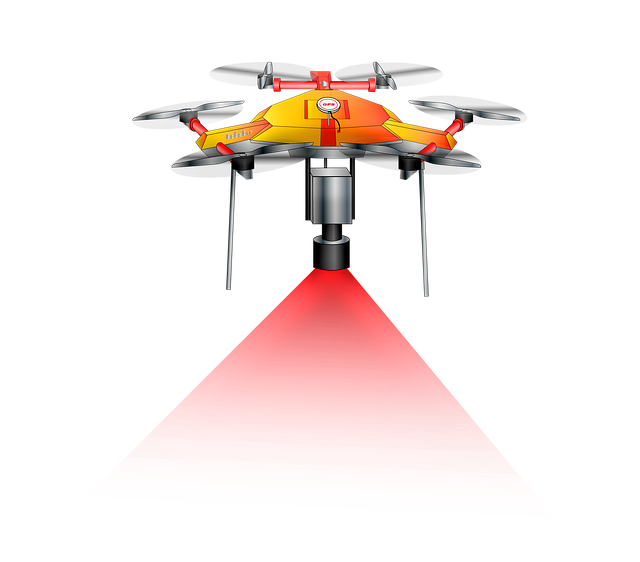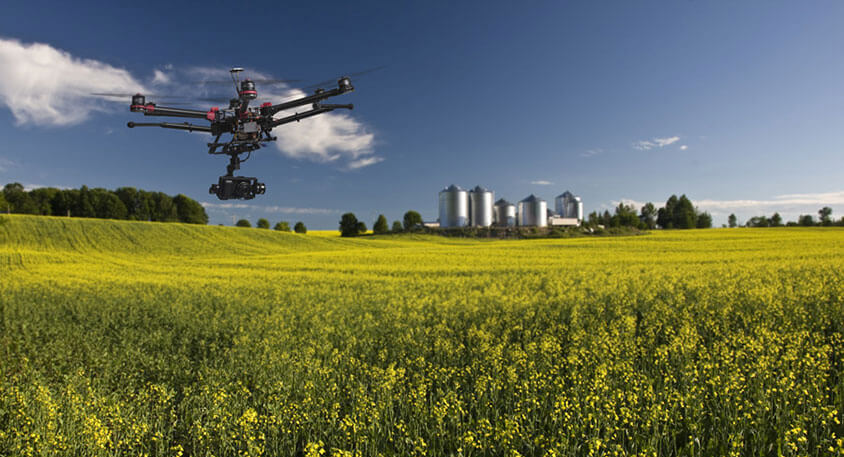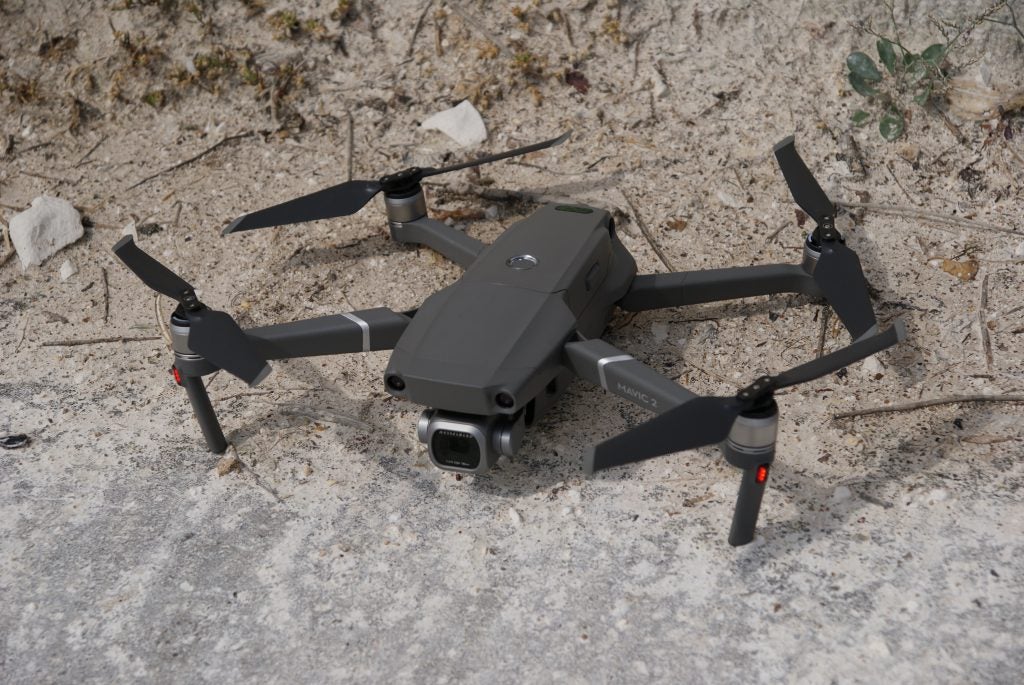
The US has used military drones in numerous war zones since the 2001 terrorist attacks, but it is unclear how much is spent on the program. In addition, there is no transparency that would allow for a substantive national discussion. These drones are frequently used to target nonstate armed groups, such as ISIS and al Qaeda. But these drones also carry the potential to kill soldiers, a major concern for many human rights advocates.
UAVs can also be used for surveillance
Unmanned Aerial Vehicles can be used for many purposes today. They are useful in surveillance, aerial photography as well as crop-spraying and prevention of wildfires. In addition to these traditional uses, UAVs can perform more sophisticated security and surveillance tasks. UAVs may be configured to fly in extreme conditions for extended periods, making them extremely useful in remote places that can't easily be reached by ground crews. Below are five top uses for UAVs in surveillance.
India currently has two UAV squadrons at Porbandar, Kochi and two additional squadrons could be deployed to the Andaman & Nicobar Islands. A ship-based rotary UAV can operate with a carrier task force, and provide close real-time surveillance. UAVs have been used by the Indian military for more than a decade. The Indian Army was the first to purchase them in the late 90s. Soon the Indian Air Force followed and so did the Indian Navy.
They can be remotely operated
While civilian drones require the pilot to stay within sight of the aircraft, military drones can be operated remotely. Remote operation allows the pilot to control the drone's movements from a distance while still being present. This is especially helpful for combat drones, as these require that the pilot be within reach. However, military drones cannot be used in combat without the pilot having the proper training. Listed below are some of the basic guidelines that should be followed by drone operators.

Drones have been widely condemned for their ability to kill innocent civilians as well as enemy fighters. But the US military has been in good standing with the police, military forces and other Latin American countries for many years. The US Department of Homeland Security (US Department of State Department) and Agency for International Development (US Agency for International Development) all have operations in the area. The Combat Diver Foundation president has made drones an integral part of his group's mission. Although drones will remain an integral part of the battlefield's battlefront, their capabilities may be expanded as the technology improves.
They can be used for targeted attacks
Military drones have many disadvantages. For example, the US government has repeatedly mistakenly identified civilians as terrorists based on surveillance footage. The British did not kill one civilian in a recent drone strike in Syria. Similarly, the United States is thought to have targeted up to 11 civilians in Libya last year, including a 70-year-old farmer. However, military drones are not without their limitations.
Drones are more cost-effective and flexible than manned aircraft and can reduce the potential of insurgents. These advantages make them a good choice for targeted attacks. And drones can also be used for more than just punishment. They can be used in situations where military forces cannot defeat manned aircraft and are outnumbered. They are also versatile and affordable, which is perhaps the best benefit of drones.
They eliminate the chance of soldiers losing their lives
Drones can be a great way of reducing the chance of losing soldiers. But the question is: What impact will they have on psychological warfare? Some are concerned that drones may make war safer by making it easier for soldiers to view their enemy in a screen rather than as a person. Others worry that drones won't be able to kill people, but only target targets, and will diminish their deterrent ability.

The question of who should use drones should be asked before deciding to use them. Drones can be very effective in killing targets but they aren't always 100% effective. This eliminates the possibility of interrogating the subject, recovering relevant documents, or engaging in any other type of interaction with the target. Other methods of combat are more strategic but the cost to use drones is far greater than its benefits.
FAQ
What is the law on drones flying over private property?
The FAA has recently issued new rules for commercial drone flights. These rules only apply to UAVs less than 55 lbs and lower than 400 feet above the ground. Commercial operators will need to register with FAA and get a license from agency. They also need permission from local authorities when operating near airports or other restricted areas.
What kind batteries does a drone need?
Drones are powered by lithium-ion battery. A typical drone consumes between 3 and 6.
Can I fly my drone indoors
You can fly your drone indoors. You just have to ensure no obstacles or hazards inside your home. For instance, avoid flying near windows and doors, heating vents, heating units, air conditioning units, electrical outlets or water pipes.
What is the difference between a quadcopter and a hexacopter?
A quadcopter is a four-rotor helicopter that flies like a traditional helicopter. It has four rotors that rotate independently. The quadcopter's quadcopter counterpart, the hexacopter, has six instead of four. Hexacopters are stabler and more maneuverable than quadcopters.
Which drone is best for beginners?
The DJI Phantom 2 Vision+ is a popular beginner drone. This model is equipped with a 4K cam, which allows for high-quality aerial photos as well as videos. This drone is easy to navigate thanks to its GPS system.
Are Drones Banned Where?
The FAA has banned drones in areas near airports and stadiums. However, they allow them to fly nightly using GPS technology.
Are you interested in flying with a drone while on the road?
Drones are increasingly becoming popular both for personal and commercial use. Drones are used for filming, photography, aerial mapping, search and rescue, as well as other purposes. Recently, the FAA approved new regulations for drones, including requirements for registration, licensing and pilot training. These modifications will ensure that drones remain safe and secure for all involved.
Statistics
- According to industry research from ZipRecruiter , there are 10 cities where the typical salary for a Drone Pilot job is above the national average. (dronesgator.com)
- Research and Markets predict a growth rate of 51.1% over the next five years. (thedroneu.com)
- According to Indeed, a drone pilot gets paid $25.73 per hour on average in the US. (dronesgator.com)
External Links
How To
How can I clean my drone?
These are some important things to remember before cleaning your drone. This guide will show you how to get every bit of your drone's potential.
-
You should have the right tools. Make sure that you have all the tools you need before you begin anything. A soft toothbrush (or a toothbrush), and a cleaning solution (we recommend using WD40).
-
Take out the battery pack. First, take out the battery. It is easy to locate the battery under your propeller. Just take care not to lose any screws during removal.
-
All parts must be removed. Next, remove everything from the drone's lower side. Check that none of them are loose, as they may fall off when you try to clean the machine.
-
Use a cleaning agent. It's now time to clean your drone. We recommend cleaning your drone with WD40. Spray the entire surface of the drone with the cleaner. Make certain to get in between components. Leave it to dry completely before putting everything back together.
-
Turn on the battery. It's crucial to place the battery after you have cleaned your drone. You'll be able test the drone's performance after it has been cleaned.